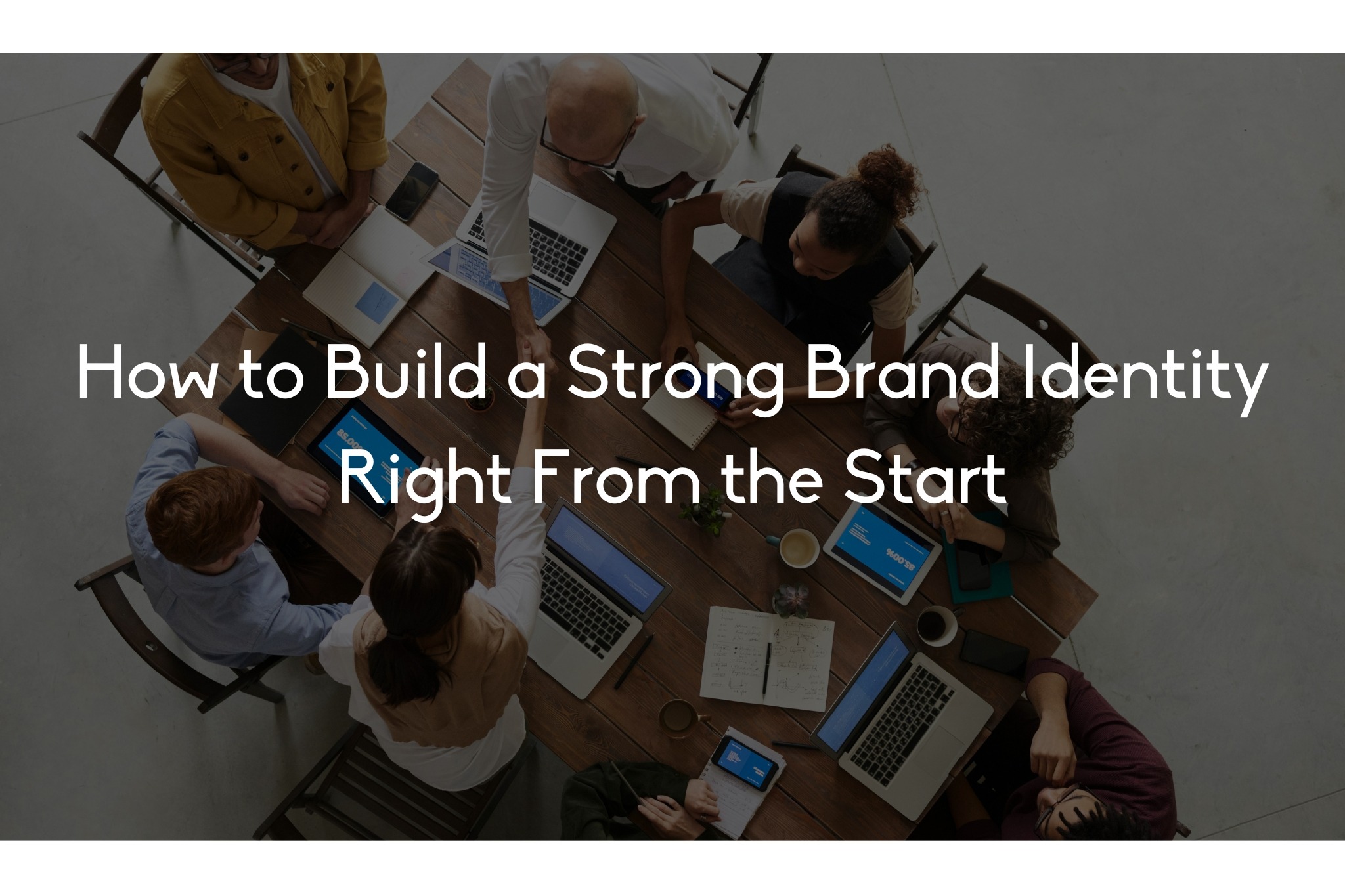
 When starting a business, many entrepreneurs focus on products, services, and sales strategies but overlook one of the most critical elements of long-term success: brand identity. A strong brand is more than just a logo or a catchy name—it represents your business’s values, personality, and mission. Without a well-defined brand identity, your business may struggle to stand out in a crowded marketplace.
When starting a business, many entrepreneurs focus on products, services, and sales strategies but overlook one of the most critical elements of long-term success: brand identity. A strong brand is more than just a logo or a catchy name—it represents your business’s values, personality, and mission. Without a well-defined brand identity, your business may struggle to stand out in a crowded marketplace.
Whether you’re launching a new venture or rebranding an existing one, establishing a clear and compelling brand identity from the beginning will set the foundation for trust, loyalty, and recognition. But how exactly do you build a brand that resonates with your audience and communicates your business’s essence?
In this guide, we’ll walk you through the essential steps to create a strong brand identity right from the start. From defining your core values to designing a memorable visual identity, you’ll learn how to craft a brand that captures attention and fosters lasting connections with your customers.
By following these steps, you’ll develop a brand that not only stands out but also helps you attract and retain loyal customers. Let’s dive into the key components of building a powerful brand identity.
Your brand identity starts with your mission and values. These define why your business exists and what it stands for.
Ask yourself:
For example, if you’re launching an eco-friendly clothing brand, sustainability should be at the core of your identity. If you’re creating a tech startup focused on accessibility, inclusivity and innovation should drive your messaging.
Your USP differentiates you from competitors. It’s the reason customers choose you over others.
To define your USP, consider:
A well-defined USP will shape your brand messaging and help you carve a unique space in the market.
A brand that connects with its audience starts by understanding who that audience is. Develop a detailed customer persona that includes:
For instance, if your target audience is busy professionals, your brand should convey efficiency, professionalism, and reliability.
Research how your audience interacts with brands:
This information will guide your brand’s tone, voice, and visuals.
Think of your brand as a person. Is it fun and playful? Professional and authoritative? Friendly and approachable? Your brand personality should align with your audience’s expectations.
For example:
Choose three to five adjectives that describe your brand’s personality and use them consistently in your messaging.
Your brand voice is how you communicate with your audience. It should be:
If your brand is playful, your emails, website copy, and social media captions should reflect that. If it’s professional, your communication should be more formal and informative.
 Develop a Strong Visual Identity
Develop a Strong Visual IdentityA logo is one of the most recognizable elements of your brand. It should be:
Consider hiring a professional designer or using design tools like Canva or Adobe Illustrator to create a polished and professional logo.
Colors and fonts play a huge role in branding. Each color evokes different emotions:
Select a primary color palette and complementary fonts that align with your brand personality.
Your brand should have a cohesive visual style across all touchpoints. This includes:
Consistency in design strengthens brand recognition and builds credibility.
Your website is often the first impression customers get of your brand. Ensure it:
Social media is a powerful tool for branding. Maintain consistency by:
Platforms like Instagram, LinkedIn, and Twitter offer unique opportunities to engage with your audience and build brand awareness.
Your branding should match the experience customers have with your business. If you promise quality, deliver quality. If you emphasize customer service, ensure exceptional support.
Customer feedback helps refine your brand. Monitor reviews, conduct surveys, and engage with customers to understand their perceptions and adjust accordingly.
Offer loyalty programs, engage with your community, and provide personalized experiences to create a strong connection with your audience.
Building a strong brand identity from the start is crucial for long-term business success. By defining your mission, understanding your audience, and creating a consistent visual and verbal identity, you can establish a brand that resonates and stands the test of time.
Branding isn’t just about looking good—it’s about building trust, fostering loyalty, and making a lasting impact. Start strong, stay consistent, and watch your brand grow into a recognizable and respected name in your industry.
